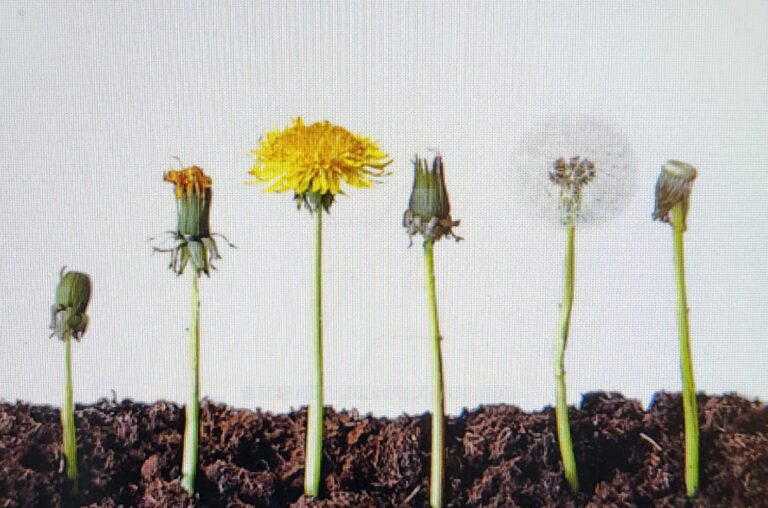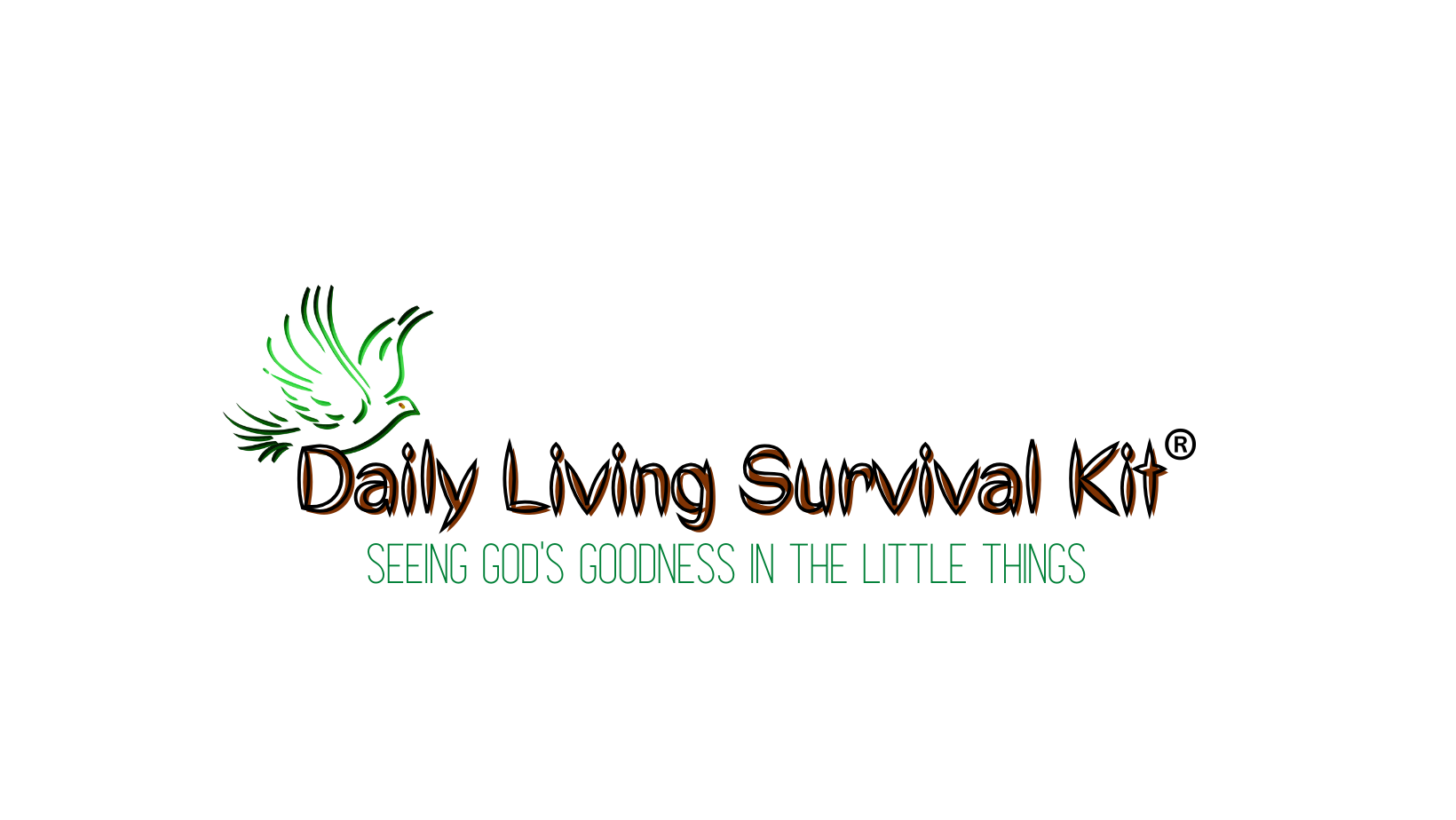What on God’s green earth of goodness is this?

Tayler guessed it!!!!
It’s a dandelion.
Well, stage 6 in the life of a dandelion.


What exactly is a dandelion?
Most of us are familiar with a dandelion as being a weed. A noxious, intrusive, overpowering pest of a weed. But did you know it has many other, beneficial qualities? I didn’t. I have always known it to just be a big pain in the grass. (Oh! did I just say that?)
Come to find out, the dandelion has edible, herbal/medicine, and gardening qualities in addition to the yellow pedals being dryed and crushed into a powder and used to make dye.
Dandelions and their edible traits
As a kid, the only connection to food that I knew a dandelion to have was its ability to predict if you liked butter or not. There was an old wives tale going around that if you help the blossom of the dandelion under your chin and if it reflected a yellow tint on your skin, then you liked butter. I know….what’s there to say, we were kids, we believed anything.
Little did we know that this brilliant yellow flower was packed full of nutriants and health benefits. The greens, the blossom and even the roots have been known to be used in crusines around the world. I’d like to share an article by the Cleveland Clinic on the 5 health benefits of a dandelion.
A Dandelion's benefit to your Garden
The dandelion root, formally known as taproot, can grow up to 3 feet in lenght. But traditionally, in our home gardens and front or back lawns, they tend to reach between 6 to 12 inches. That’s still pretty long especially when you would rather it not be in your flowerbed or beautifully manicured lawn to begin with.
How many of you have tried to pull a dandelion plant from your garden? Did you get the whole thing or did it snap off leaving the root still burrowed in the dirt? Well, don’t dismiss that root just yet. Apparently, as the plant grows, this stuborn root stirs up the soil around it and brings up nutrients for your shallow-rooting plants. Who knew? I sure didn’t. I only know the frustration of hearing that snap and I have the plant in my hand while the root is still securely snug in the soil. Here you can read more on the 6 benefits of dandelions in your garden by Fenil.
A Dandelion's life cycle
The whole life cycle of a dandelion, from seedling to blossom, can take anywhere from 8 to 9 weeks. From blossom to parachuting seedlings, 7 days.

So how is a Dandelion God's Goodness?
As we’ve read in chapter 1 of the book of Genesis, after each stage of creation, God looked and saw that it was good. That includes what we know today to be weeds. Bothersome, intrusive, damaging weeds. So the question that comes to mind is this; was the dandelion used by Adam and Eve for food and for assistance in cultivating the Garden of Eden? Genesis 2:15 tell us that God put Adam in the garden to tend and guard and keep it. ~ ~ ~ makes one think.
Reason this question comes to mind is that before the fall, everything was good, and we have found that the dandelion can be, has been and still is used in medicines, beverages, salads, and can be a helping hand in the garden.
So, should we give the Dandelion a break?
Each flower blossom of a dandelion plant can produce between 150-200 seeds. I’ve plucked 5 flower stems from a plant before so that would would make roughly 1,000 seeds parachuting in the wind looking for a new place to grow. That’s a lot of new weed plants, especially at random.
However, farmers have been known to purposefully cultivate the dandelion and use it as ground cover for their fields during the winter months. So I’ve come to a decision that the dandelion may not be such a bad addition to the garden after all. And the next time I snap off the plant leaving the root behind, I won’t get so frustrated, I will gladly remember this plant was created by God and if He saw that it was good, then so can I.
Thank you Tayler for playing along and guessing God’s Goodness.
Hopefully next time more of you will join in and take a stab at guessing God’s Goodness #2.
See you then.

A dandelion